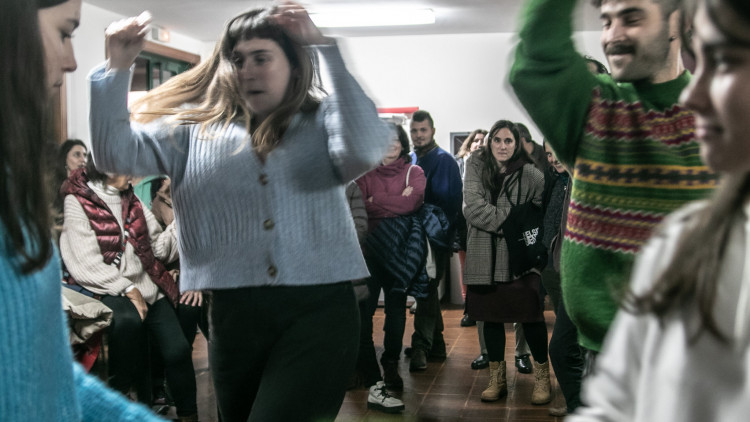Gender and inclusion

The ‘Art Living Lab’ incorporates a gender perspective through and has a compromise to promote co-responsibility or other innovative measures and tools to promote equal opportunities between people.
‘Art Living Lab for Sustainability’ incorporates a gender perspective through its entire cycle (design, execution, and evaluation) and has, at a practical level, a compromise to promote co-responsibility or other innovative measures and tools to achieve equal opportunities between people.
During its all process, the project will follow eight strategies that will ensure gender balance, inclusion, diversity and representativeness:
1. Incorporation of tools and collaboration with group facilitation professionals to generate participatory spaces with deep listening.
2. Develop a webinar about group facilitation and gender, will be held at the beginning of the project, this webinar is aimed at members of the consortium.
3. Encourage an even balance of care work as well as work-life balance. Create flexible working conditions that will help to reconcile the private life of the staff with their professional career.
4. Equal Representation: In all terms, the project will search for equal visibility and representativeness of diversity.
5. Communication: In terms of communication, the project focuses on gender-sensitive and gender inclusive communication on all its platforms.
6. Zero tolerance policy to sexism, gender violence, racism, or any way of discrimination, avoiding any kind of stereotypes.
7. At least 70% of the project staff will be women.
8. When interviews or conversations are carried out to learn about management and rules of community resource management, women are prioritized.
Diversity in all its forms (sexual identity / gender / race / functional diversity) is embraced. Even though the motor group depends on the concrete interest of a particular necessity, the mediator guiding each project will oversee creating secure spaces that ensure an equitable distribution of participation. Run by a participatory methodology, it will help to include and connect with different agents that are not always taken into consideration in the cultural agenda.
